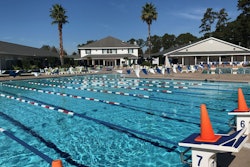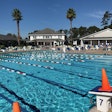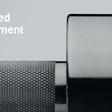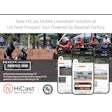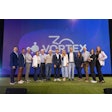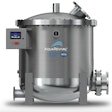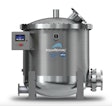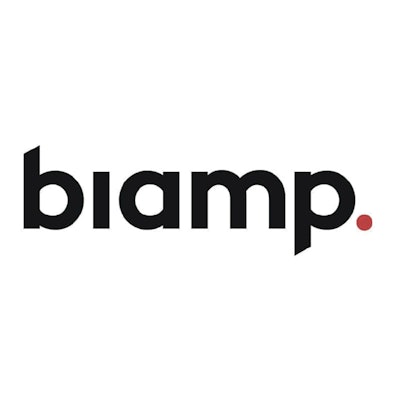
Biamp, a leading provider of professional audiovisual solutions, announced the successful upgrade of the sound system at Paulson Stadium, on the campus of Georgia Southern University, using its Community™ LVH-900 series loudspeakers and VenuePolar™ optimization software. The project significantly enhanced speech intelligibility and consistent sound pressure level (SPL) coverage throughout the 25,000-seat stadium, delivering a superior audio experience without requiring any physical reconfiguration of the installed speaker arrays.
Prior to the upgrade, Georgia Southern University faced major challenges with its legacy sound system. Play-by-play calls and announcements frequently struggled to rise above the crowd noise, and attempts to increase volume led to audio distortion. With the football season quickly approaching, the university needed a reliable solution that could be implemented efficiently, and Biamp delivered.
“The ability to modify the vertical coverage pattern electronically to overcome unforeseen challenges saved us tens of thousands of dollars and weeks of time,” said Charlie Hughes, Principal Engineer, Electroacoustics, at Biamp. “Everyone from the integrator to the university staff was thrilled with the result.”
When the Biamp team arrived on-site, the speaker arrays were already installed and wired, eliminating the possibility of physically re-aiming them. Initial system testing revealed uneven coverage and a significant reflection issue stemming from the press box and fieldhouse, both of which impaired intelligibility. With no room for hardware adjustments and the project on a tight timeline, Biamp turned to advanced software optimization.
Using VenuePolar and FIRmaker tools within the EASE Focus 3 modeling environment, the team reconfigured the acoustic output of the Community LVH-906 and LVH-909 loudspeakers. This allowed them to redirect sound energy away from reflective surfaces and evenly distribute SPL across the stadium seating. The adjustments reduced reflection off the fieldhouse by as much as 9 dB. After evaluating the acoustic impact in the far seating sections, the filters were further refined to strike a balanced compromise, reducing reflections by six dB while limiting SPL loss in the furthest seats to just three to four dB.
Additional on-site equalization fine-tuned the system for maximum clarity and performance. Despite early concerns about low-mid balance, minor tweaks delivered a rich and highly intelligible audio experience. Crucially, these results were achieved without relocating or physically adjusting any of the loudspeakers, an effort-saving benefit that held up even after a hurricane swept through the area.
The installation included the Biamp Community LVH-900 series loudspeakers paired with ALC amplifiers, supported by customized FIR filters created through Biamp software tools. Together, these technologies gave the university a tailored solution that resolved complex acoustic challenges quickly, efficiently, and without added cost or delay.
“This project is a great example of how smart digital tools and high-performance loudspeakers can solve complex acoustic problems without the need to reinstall or physically adjust loudspeaker arrays,” added Chris Barrow, Global Senior Product Manager, Loudspeakers and Large Venue Systems, Biamp. “We didn’t need to move a single piece of equipment. Instead, we used data and modeling to create a better, clearer, more immersive audio experience.”
For more information about the Biamp Community loudspeakers, VenuePolar software, or other solutions from Biamp for large venues, visit www.biamp.com.
###
About Biamp
Biamp® is a leading provider of innovative, networked media solutions that connect people through extraordinary audiovisual experiences. The company is recognized worldwide for delivering high-quality products and backing them with a commitment to exceptional customer service.
The award-winning Biamp product suite includes Tesira™ digital signal processors, Parlé™ Beamtracking™ microphones and conferencing bars, Apprimo™ touch interfaces, Impera™ control systems, Cambridge™ sound masking solutions, Vocia™ networked public address and voice communication systems, Desono™ business audio loudspeakers, Community™ performance loudspeakers, and Evoko™ room and desk booking systems, among others. Biamp solutions are used in a wide range of applications, including conference rooms, hybrid work environments, open floor plans, performing arts venues, stadiums, courtrooms, hospitals, transportation hubs, classrooms, retail and hospitality environments, and government facilities.
Founded in 1976, Biamp is headquartered in Beaverton, Oregon, USA, with additional offices around the globe. For more information, please visit www.biamp.com.

















